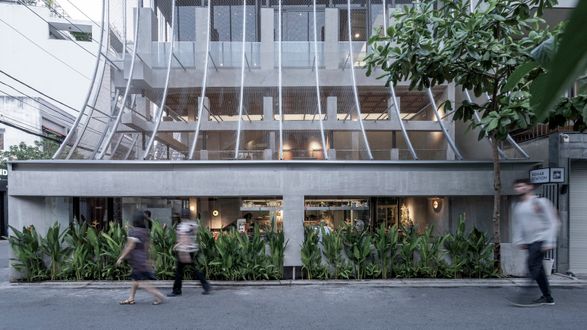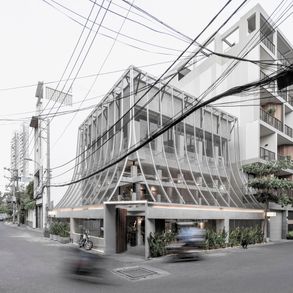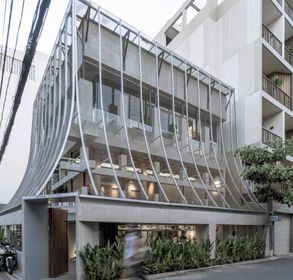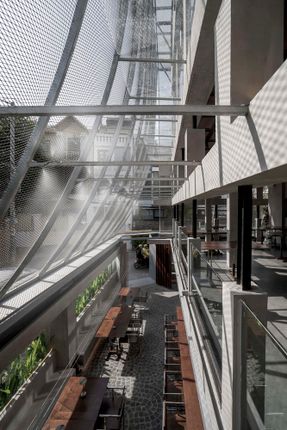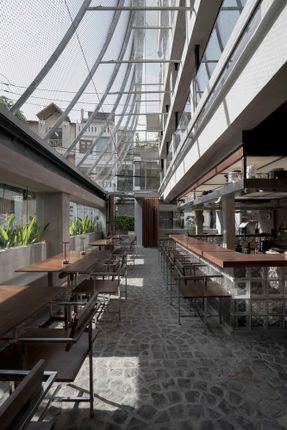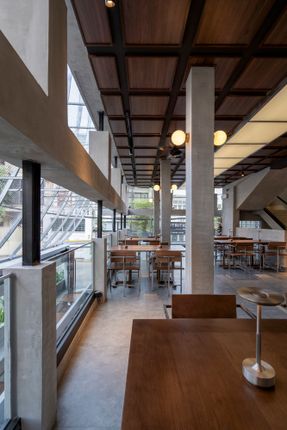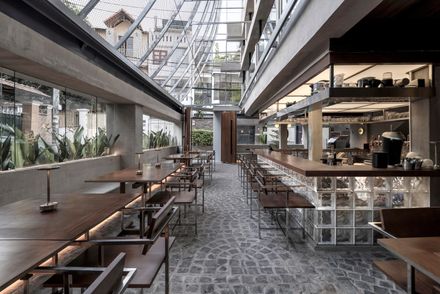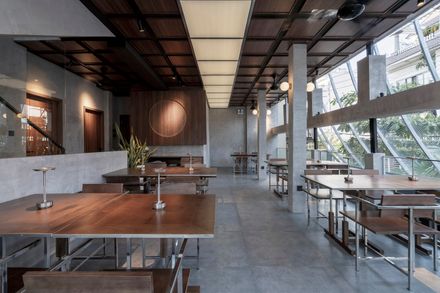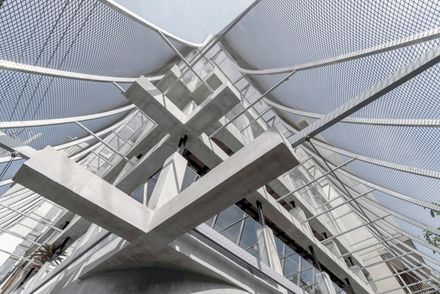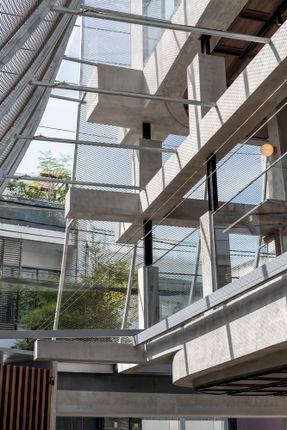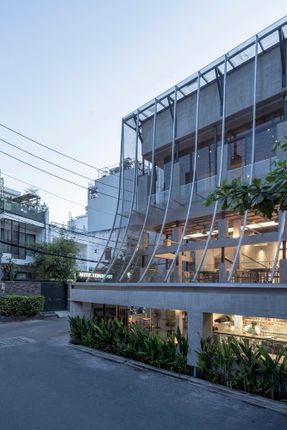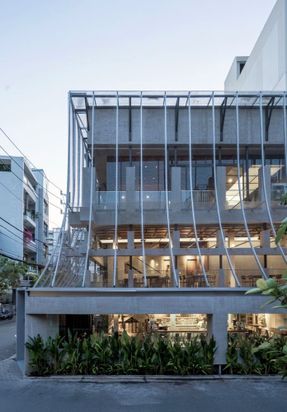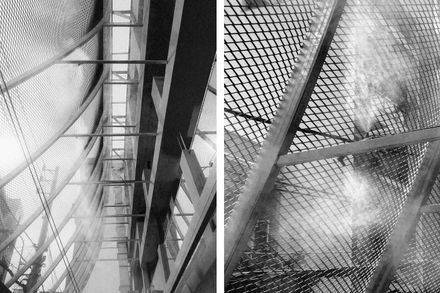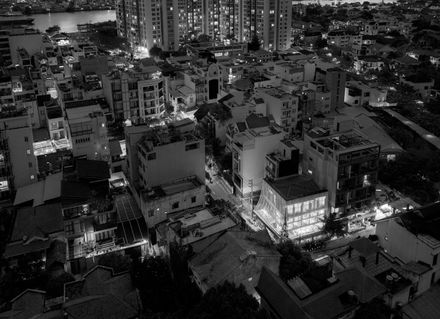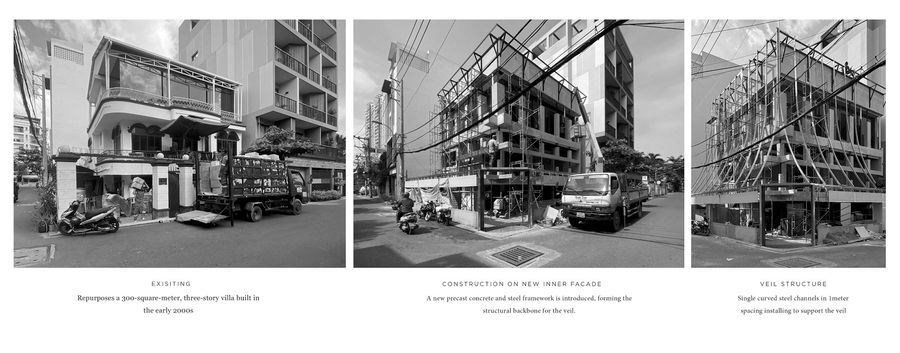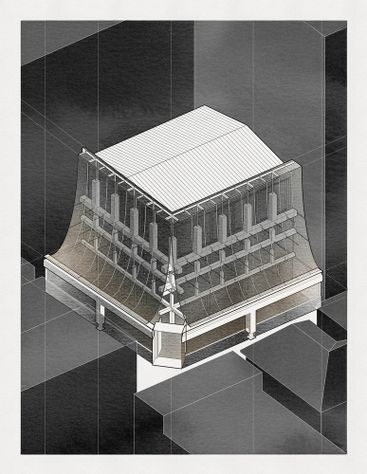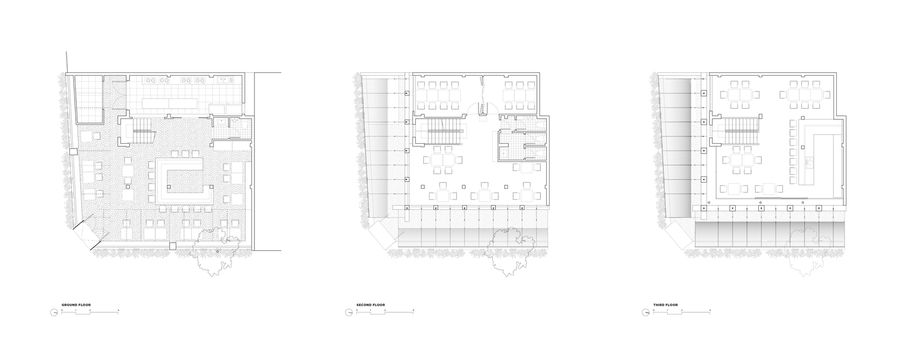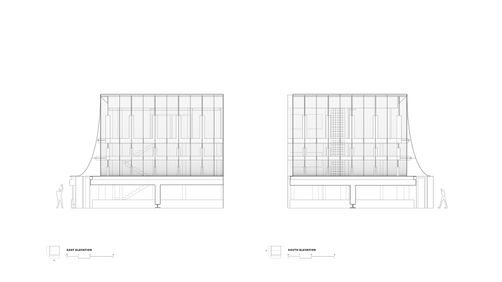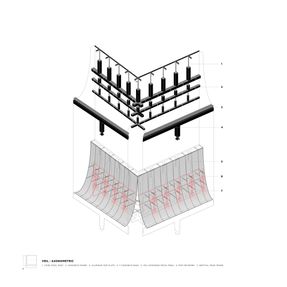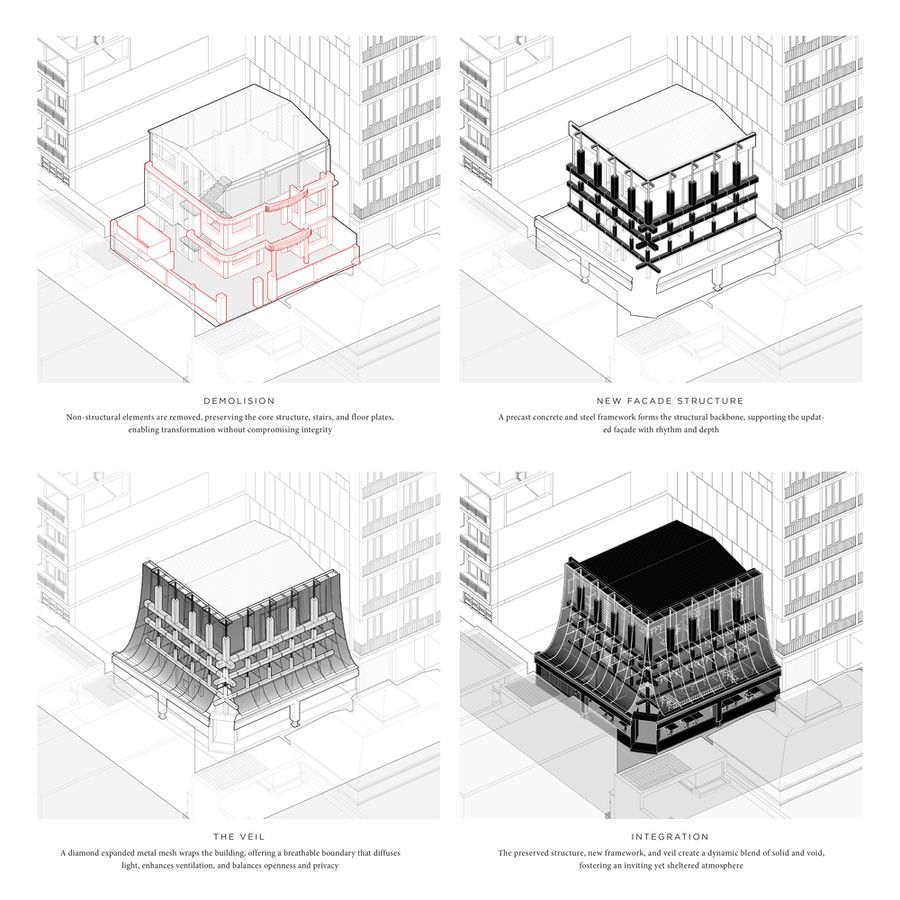
Ts VEIL Restaurant
GENERAL CONTRACTORS
Pham Gia Technology Co., Ltd
WOODWORKING
An Cường Wood Working Jsc
MANUFACTURERS
Dai Gia Phuc Co., Ltd, Dong Tam Group, Inosteel, Spraying Systems
JUNIOR DESIGNER
Bao Phuc Hoang
PROJECT MANAGER
Tuan Tran
OWNER PREP
Big Bear Concepts Joint Stock Company
PHOTOGRAPHS
Chuong Nguyen
AREA
300 M²
YEAR
2025
LOCATION
Vietnam
CATEGORY
Hospitality Architecture, Restaurants & Bars
Text description provided by architect.
Ts VEIL is a renovation of a 300-square-meter, three-story villa in the heart of District 2, Ho Chi Minh City—an area rapidly evolving with a dense mix of residential homes, small shops, and local eateries.
Rather than opting for demolition and new construction, the project carefully preserves the building's core structural framework, including the concrete frame, staircase, floor plates, and roof, while reimagining both its architectural presence and spatial performance through a new system of skins—outer and inner.
The central design concept revolves around the idea of a veil: a soft, layered boundary that mediates between the lively street and the intimate, atmospheric interior.
This new outer skin is composed of expanded metal mesh panels supported by a precast concrete and steel substructure, forming a porous enclosure that allows for airflow, filtered light, and a shifting sense of opacity and openness.
At the tight turning corner of the site, the veil peels open to form a gentle urban gesture—a shaded, inviting threshold that draws people inward. This gesture transforms the building into a soft urban inflection, offering a breathable, responsive corner in a dense and vibrant neighborhood.
Beyond its formal expression, the veil also performs as a passive and active environmental device. Its perforated surface promotes cross-ventilation throughout the building, while an integrated misting system embedded in the screen delivers cooling microclimates during Saigon's peak summer heat.
Together, the mesh and mist act as a climatic buffer, creating comfort while minimizing the need for mechanical cooling. Inside, the renovation introduces a complementary inner skin that reinforces the project's raw yet refined aesthetic.
Materials such as glass block walls, exposed concrete, unfinished steel, and minimal detailing define the new spatial character—honest, tactile, and quietly modern. The use of glass block further amplifies the interplay of light and texture, softly refracting daylight while offering privacy and glow.
These carefully considered surfaces create an open, adaptable interior, where the architecture maintains a balance between robustness and calm, informality and intention.
Together, the veil and the interior form a dual-layer strategy that reframes the relationship between street and space, one that blurs the boundary between inside and outside, between enclosure and exposure.
Ts VEIL is not just a renovation; it is a reinterpretation of building life in a tropical urban setting—a space that breathes, shades, and invites, offering a model for how light architectural interventions can reframe existing structures with nuance, resilience, and quiet power.

